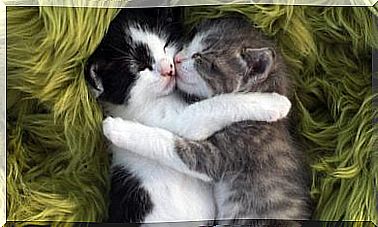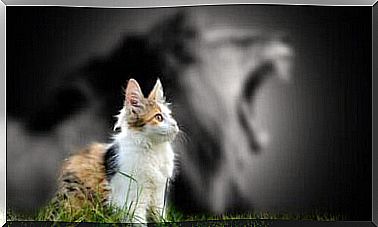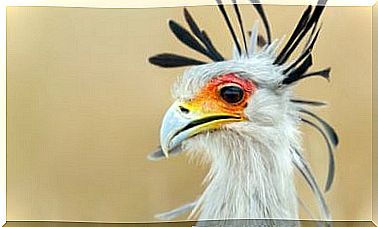Learn About Feline Ear Diseases
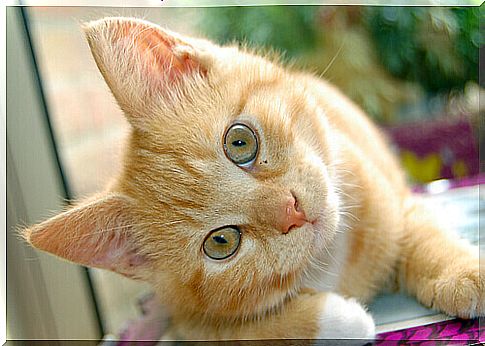
Parasites, bacteria, fungi, birth defects and even tumors may be affecting your cat’s hearing organ and balance. We will tell below how to recognize the main diseases of the feline ear.
Signs of disease in your cat’s ears
Along with vision, the sense of hearing in cats is an indispensable tool for the perception of the surroundings and for survival, especially when the animal is in the wild.
For this reason, it is essential to be aware and take your kitten to the veterinarian when signs such as :
- Unpleasant odor in the ears;
- Frequent itching;
- Constant head shake;
- loss of balance;
- Presence of excess blood or wax.
The main diseases of the feline ear
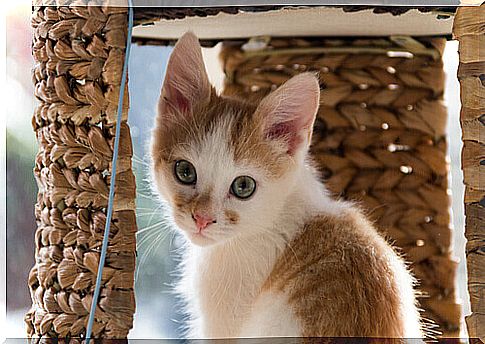
In kittens, the most common problems are those of the external ear, which extends from the tips of the ears to the eardrum, and comprises the pinna, the vertical canal and the horizontal canal.
Among the feline ear diseases that can present in the ear pinna, we can highlight:
- Wounds. Most occur from bites from other felines and, for this reason, they usually become infected, requiring the use of antibiotics.
- Bruises. They are blisters filled with blood from the rupture of a small blood vessel that causes bleeding between the skin and cartilage. They usually appear in the inner concave region of the ear because of an intense itching of different origins (fungi, parasites, etc.).
- Solar dermatitis. It occurs mainly in kittens with white fur or very light color that are exposed to the sun. The ears, at first, are reddened and peeling. Over time, ulcers and crusts appear, and in severe cases, a malignant tumor develops.
Other diseases of the kittens’ ear pinna
In addition, in the ears of cats, the following can occur:
- Sarcoptic mange. The responsible is a mite. It is very itchy and often causes hair loss on the convex surface of the pavilion and areas around it.
- Autoimmune skin disease. It is a very rare disease that causes crusty lesions.
Among the parasites that can also affect this part of the cat’s ear are:
- The crop mite. Generates irritation and is visualized as an orange pinpoint;
- The rabbit flea. Generally, animals that “go out to hunt” contract it.
Vertical and horizontal canal diseases
On the other hand, the vertical canal of our friends’ outer ear can present the following diseases:
- Parasitic otitis. It is the most common disease and can affect any cat. A mange mite causes it. Parasites are seen with the naked eye as white dots that are actively moving;
- Suppurative otitis. These purulent infections present both as a primary disease and complications from parasitic otitis. You need to start urgent treatment and use antibiotics.
In turn, in the horizontal channel, almost always close to the eardrum, a tumor that is specific to cats may appear. It is a carcinoma of the wax glands, which can spread to other parts of the body.
Cats’ Middle and Inner Ear Problems

The feline middle ear begins with the eardrum cavity and involves the chain of ossicles known as the malleus, incus, and stapes. The inner ear, on the other hand, is the petrous temporal bone and is composed of balance organs, such as the semicircular canals, and of hearing (organ of Corti).
A cat’s balance is often affected in cases of middle ear disease, even though the balance organ is located in the cat’s inner ear, as we mentioned.
This problem is usually due to a bacterial infection known as occult otitis media. Signs include swaying and tripping, a tendency to walk in circles, and head tilt.
Last, but not least, deafness in cats, although it is usually an issue related to aging, can occur because of an infection or constant exposure to very loud noises. On the other hand, the congenital deafness that some white-coated cats have is the cause of a defect in the organ of Corti.




